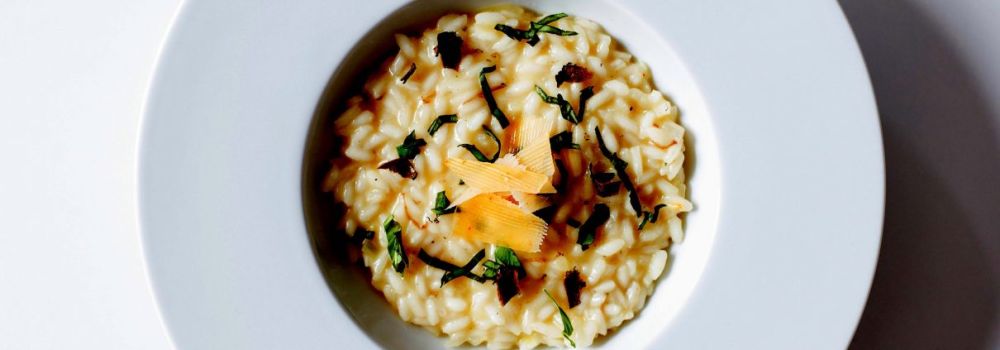3 key innovations in food tech
People will always need to eat. If you're looking to start a business that has longevity, food and food-related products are safe bets.
In the last two decades, the types of food we eat, and the ways in which they reach our plates, have been massively affected by the growth of the digital economy. The demand for organic [1] and environmentally friendly foods has risen, as has the demand for diverse, on-demand food offerings. The public is more waste-aware [2], health-conscious and time-poor than ever before.
So how can startups use innovation and new technologies to serve the evolving needs of the food market?

On-demand services
Mobile and web technology has made the process of ordering food fast and simple. Though the food delivery market is starting to show signs of over-saturation, [3] there are always opportunities to innovate upon existing business models. 'On-demand' food does not necessarily equate to delivered food, and startups are looking for faster ways to get quality food to hungry customers.
The mobile food industry is in it's 8th year of consistent growth, with an estimated market worth of over £1.2 Billion. Food trucks and pop-up stands are seeing massive success, exploiting both novelty and scarcity to market unique food offerings. Mobile food gives businesses the ability to target captive audiences in a way that brick-and-mortar businesses can't.

Meanwhile, the industry is seeing an increase in innovative food delivery solutions. Mr Lee's Noodles is a great example of how a new business can use technology to acquire captive markets. The Mr. Lee's kiosk, soon to be available on university campuses nationwide, delivers healthy, additive-free noodles in 45 seconds to students 24 hours a day. It also contains an in-built advertising platform to offset hardware costs.
Vitamojo is another innovative platform serving a niche market. Their web app lets users control the amount of macronutrients in each dish, giving customers full control over their intake. It's customisable approach to food orders is perfect for health enthusiasts and dieters.

Peer-to-peer food
This might sound like a strange concept. However, with the increasing demand for locally-sourced, organic food, and the increasing awareness of mass wastage caused by industry-leading supply models, markets are looking to alternative food sources.
Olio is a fascinating food-sharing platform that lets both businesses and private customers sell or give away unwanted food. Their mobile location tracking allows users to search through available food close to home and arrange pickup directly with vendors.

Cloud-based and Internet-of-things technologies
The declining cost of cloud technology is creating opportunities for innovation in the food industry. Companies like Hawk Safety are using IoT tech to help companies keep food safe and HACCP compliant. Their handheld temperature sensors links back to a central cloud system, allowing for transparent control point regulation and more efficient checking processes. IoT can also be used to increase food production through environmental monitoring platforms.
The possibilities for technological innovation in the food industry are endless - we hope these companies have given you some great ideas!
This is a guest post from Studio Graphene, a digital innovation studio focussed on delivering design and development services for ambitious organisations wanting to create innovative digital products.
Read: Boost your product offering with Internet of Things technology



